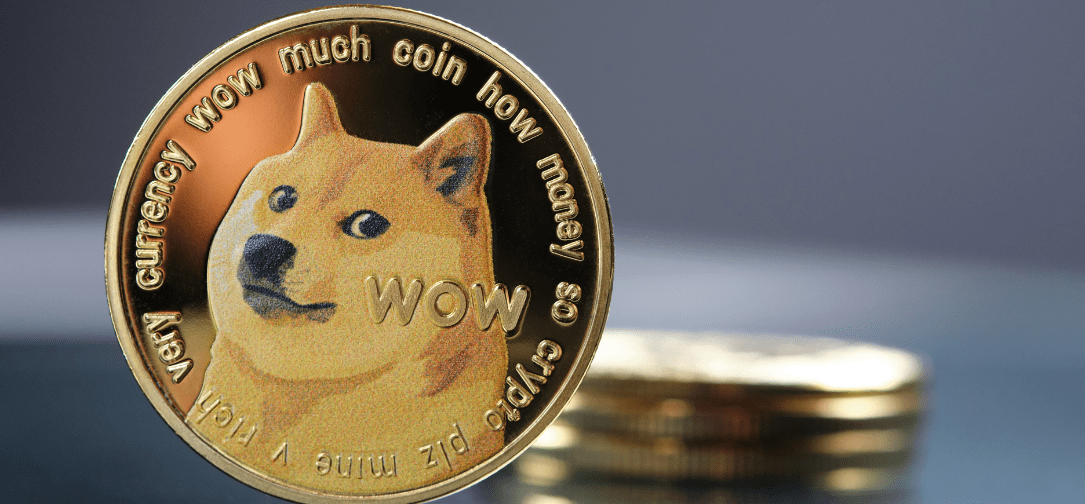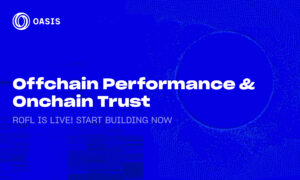Popular meme-champion Layer 1 ecosystem Dogechain has been a major leader in the digital asset market’s exciting surge to close out 2023. Alongside Bitcoin, Ethereum, and other blue-chip cryptocurrencies, Dogechain has been out in front of the pack, recording impressive upticks in both token price and trading volume – and for good reason. Following a flurry of speculation, rumors were confirmed in December that Dogechain will be transitioning to a zk-rollup on Polygon’s forthcoming Polygon 2.0 ecosystem. In addition to connecting seamlessly with other projects and protocols in the Polygon sphere, the integration will also grant Dogechain access to Polygon’s vibrant developer community, leading the way for powerful new synergies.
But Dogechain has not stopped there. Per recent reports, the Dogechain team has been discussing a pair of massive innovations: supporting inscriptions that would level up the chain’s NFT scene in a fashion similar to Bitcoin Ordinals, and posting DOG20 transactions directly to Ethereum Layer 1 to leverage the chain’s robust security.
Since its inception, Dogechain has captivated crypto enthusiasts and meme lovers alike with its meme-worthy DeFi platforms and free-spirited NFT projects. Now however, Dogechain appears to be putting its best paw forward, showing that it possesses the technical know-how and long-term vision to lead web3’s next big wave of innovation.
Dogechain V2: More Than Just Polygon CDK
Layer 2 scalability leader Polygon has been making headlines of its own as well, after the organization announced its decision to deprecate support for Polygon Edge in favor of its new zk-powered Polygon 2.0 ecosystem. Originally developed using Polygon Edge, Dogechain’s decision to utilize Polygon CDK (Chain Development Kit) to spin up a zk-rollup for Polygon 2.0 appeared at first glance to be a survival tactic to remain relevant and connected with the rest of the Polygon community.
But with Dogechain’s zk-rollup development taking off, early discussions have revealed that the Dogechain team was well prepared for the transition, and that there is a whole lot more in store for the Dogechain and Polygon communities. As it turns out, you can indeed teach an old doge new tricks.
Inscriptions and Layer 1 Security: Innovating to Lead the Next Wave
The first of Dogechain’s internal considerations has been implementing inscriptions. An inscription is a method of inserting information into a transaction that lives on-chain. In the case of Bitcoin, inscriptions are responsible for Ordinals, one of Bitcoin’s leading trends for 2023, whereby NFTs inscribed in Bitcoin transactions have become very popular amongst NFT collectors around the web3 space. With a vibrant NFT scene already thriving, inscriptions on Dogechain hold major potential to serve as a growth catalyst for the entire ecosystem.
To complement its venture into inscriptions, the Dogechain team is also exploring ways to publish DOG20 transactions directly to the Ethereum main chain – that is, Layer 1. Although not as scalable as Polygon’s zk-powered Layer 2 chains, Ethereum’s Layer 1 node body and consensus are as robust and decentralized as any in the web3 space. Should Dogechain successfully implement some form of batch publishing to post DOG20 token transactions to Ethereum Layer 1, the ecosystem will vastly upgrade its reputation as a secure and technically robust ecosystem.
As the Dogechain team not only takes steps to adapt to changing tides with Polygon CDK, but explores inscriptions and Ethereum Layer 1 security, the Dogechain will take on a new role as a project defined by versatility, vision, and commitment to cutting-edge development. As the meme-chain marches forward into its new role as a technical innovator, one golden lesson is to be gleaned: old doges are not to be doubted, for they can indeed learn new tricks.



































